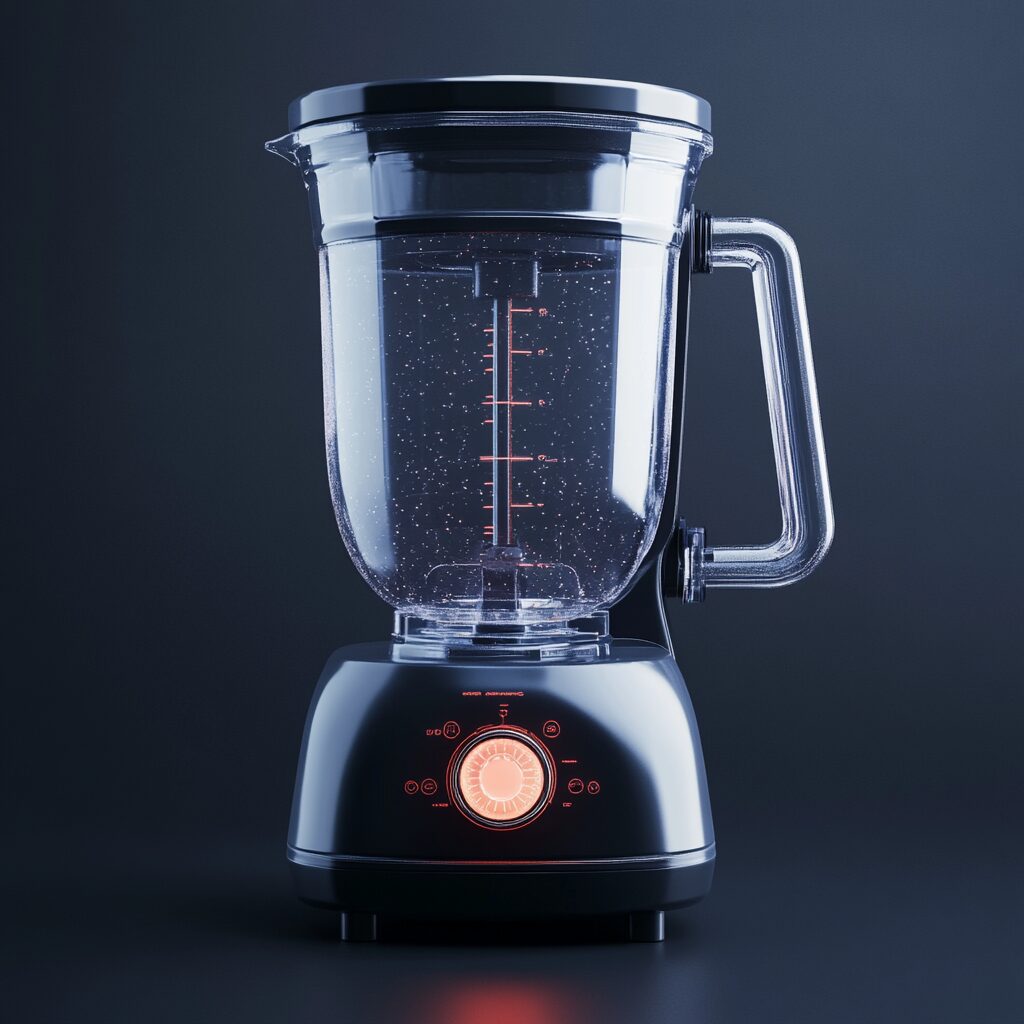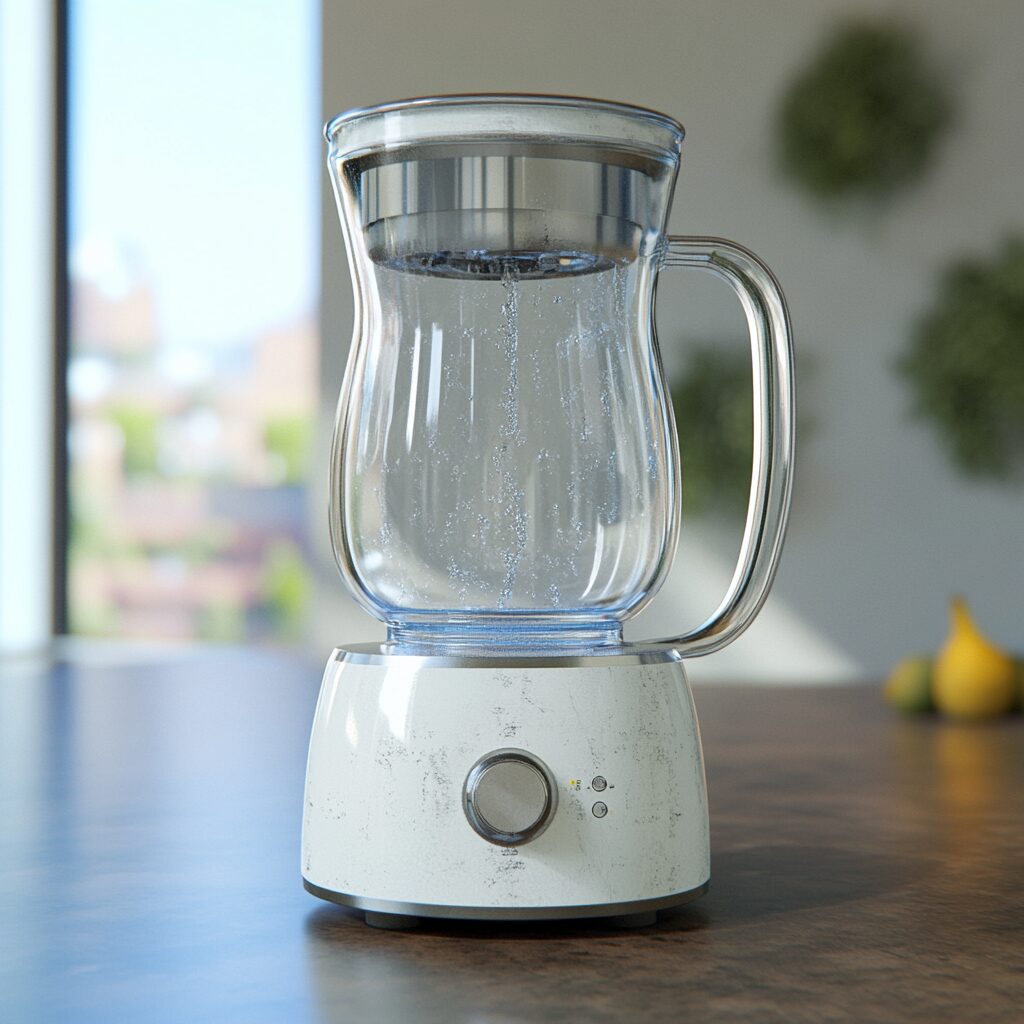Blenders are kitchen workhorses, churning out everything from smoothies to soups. But are you unknowingly sabotaging your trusty appliance? It turns out, many of us are making critical errors that can significantly shorten our blender’s lifespan. Ready to blend smarter? Let’s whip up some knowledge and pulverize those pesky mistakes!
You’re overloading the blender jar

It’s tempting to cram as much as possible into your blender, especially when you’re in a rush. However, this is a surefire way to overtax your blender’s motor and dull its blades. Overloading the blender jar can lead to uneven blending, motor strain, and even dangerous situations where the lid might pop off.
So, what’s the magic number? As a rule of thumb, fill your blender no more than halfway for most recipes. For thicker mixtures or when using frozen ingredients, aim for about one-third full. This allows enough space for the ingredients to move freely and create that all-important vortex for smooth blending.
Remember, patience is a virtue. If you need to blend more, it’s better to do it in batches. Your blender (and your smoothie) will thank you for it.
You’re not adding liquid first
The order in which you add ingredients to your blender isn’t just a suggestion—it’s a science. Starting with liquids is crucial for creating a smooth blend and protecting your blender’s blades. Liquid ingredients should always go in first, followed by soft foods, and then hard or frozen items last.
This layering technique allows the blades to create a vortex, pulling ingredients down towards them. Without enough liquid at the bottom, your blender might struggle, causing the motor to overheat or the blades to become stuck.
If your recipe doesn’t call for much liquid, try adding just a splash of water or milk to get things moving. You can always strain out excess liquid later if needed.
You’re blending boiling hot liquids

Here’s a mistake that could quite literally blow the lid off your blending game. Pouring boiling hot liquids into your blender is a recipe for disaster. The heat can cause pressure to build up inside the jar, potentially leading to the lid flying off and hot liquid spraying everywhere.
But it’s not just about safety. Extreme heat can also damage your blender’s components, warping the jar or compromising the seal on the blade assembly. If you need to blend hot ingredients, let them cool for a few minutes first. Aim for a temperature that’s hot but not scalding—around 175°F (80°C) should do the trick.
When blending warm liquids, always start on the lowest speed and gradually increase. And here’s a pro tip: remove the center cap from the lid and cover the opening with a folded kitchen towel. This allows steam to escape safely while preventing any splatter.
You’re neglecting proper cleaning
After whipping up that delicious smoothie or soup, it’s tempting to just rinse out your blender and call it a day. But this shortcut could be costing you in the long run. Proper cleaning is crucial for maintaining your blender’s performance and longevity.
Food particles left behind can harbor bacteria, create odors, and even dull your blades over time. For a thorough clean, fill the jar halfway with warm water, add a drop of dish soap, and blend for about 30 seconds. Rinse well, and you’re done!
Don’t forget about the base of your blender. While you should never submerge it in water, a quick wipe with a damp cloth can prevent buildup of grime and potential overheating. And always make sure everything is completely dry before reassembling and storing.
You’re starting at full speed

In the world of blending, slow and steady often wins the race. Cranking your blender to full speed right off the bat might seem like a time-saver, but it’s actually a fast track to potential problems. Starting on a low speed and gradually increasing is the way to go.
This approach allows the blades to create an initial vortex, pulling ingredients down towards them. It also prevents sudden strain on the motor, which can lead to overheating or burnout. As your ingredients start to break down, you can then increase the speed for that perfect consistency.
Many modern blenders come with preset programs that automatically adjust the speed. If yours has these, use them! They’re designed to optimize blending while protecting your machine.
You’re blending for too long
Patience may be a virtue, but when it comes to blending, there’s such a thing as too much of a good thing. Running your blender for extended periods can lead to overheating, which in turn can damage the motor or even melt internal components.
Most blending tasks should be completed in under a minute. If you find yourself blending for longer, it’s often a sign that you need to adjust your technique. Try using a timer to keep track, and give your blender a rest if it’s been running for more than 3 minutes continuously.
If you’re working with particularly tough ingredients, consider using the pulse function instead of continuous blending. This gives the motor short breaks and can actually be more effective for breaking down stubborn items.
You’re not maintaining your blades
Your blender’s blades are its unsung heroes, doing the hard work of chopping, crushing, and pulverizing. But like any hardworking tool, they need some TLC to stay in top form. Neglecting your blades can lead to poor performance and even safety hazards.
Regular inspection is key. Look for any signs of damage, rust, or dulling. While you can’t sharpen blender blades at home, you can keep them in good condition by avoiding hard foods like whole ice cubes or unsoaked nuts, which can nick or dull the blades.
If your blades are removable, take them out periodically for a deep clean. Soak them in warm, soapy water to remove any stubborn residue. Just remember to handle them carefully—those edges are sharp!
You’re ignoring strange noises or vibrations
Your blender might not be able to talk, but it certainly can communicate. Unusual noises or vibrations are often its way of telling you something’s not right. Ignoring these warning signs can lead to bigger, more expensive problems down the line.
A grinding noise could indicate that the blade assembly is loose or damaged. Excessive vibration might mean the jar isn’t seated properly on the base. If you hear unusual sounds or feel odd vibrations, stop blending immediately and investigate the cause.
Regular maintenance checks can help prevent these issues. Once a month, give your blender a once-over. Check that all parts are tight and secure, and look for any signs of wear or damage. A little attention now can save you from a big headache later.
By avoiding these common mistakes, you can significantly extend the life of your blender and improve its performance. Remember, a well-maintained blender isn’t just about longevity—it’s about consistently delicious results in every blend. So the next time you fire up your blender, take a moment to think about these tips. Your taste buds (and your wallet) will thank you!

